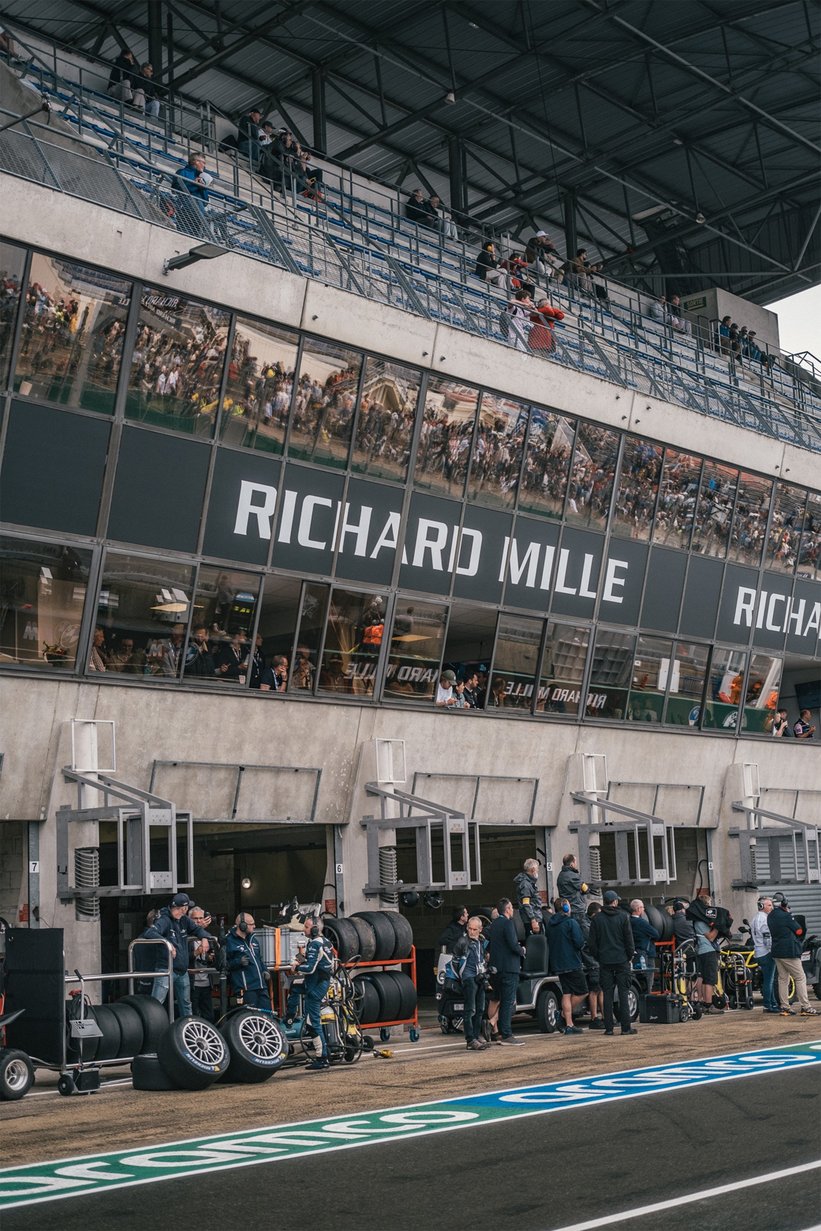
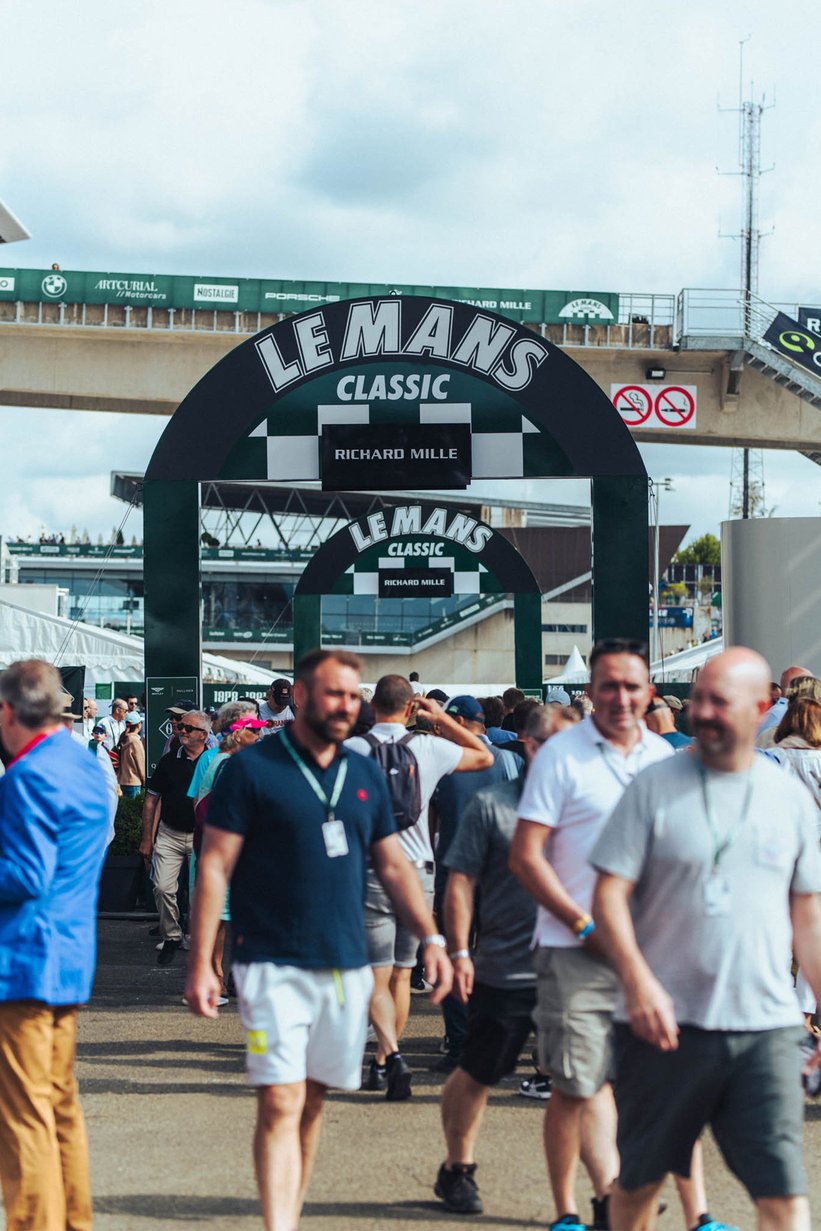
With over 230,000 spectators, cars racing in ten different classes, club carparks filled with exotic and vintage machinery, square kilometres of automotive villages, three outdoor discos playing rock & rolls classics and a track measuring 13.6 kms, Le Mans Classic 2023 was certainly too big to cover in one weekend. The sounds, the smells and the people amounted to a sensory overload, which can probably only be compared to partying with Mick Jagger down at studio 54, circa 1977. So, instead of trying to tell the full story, let us focus on the highlights.
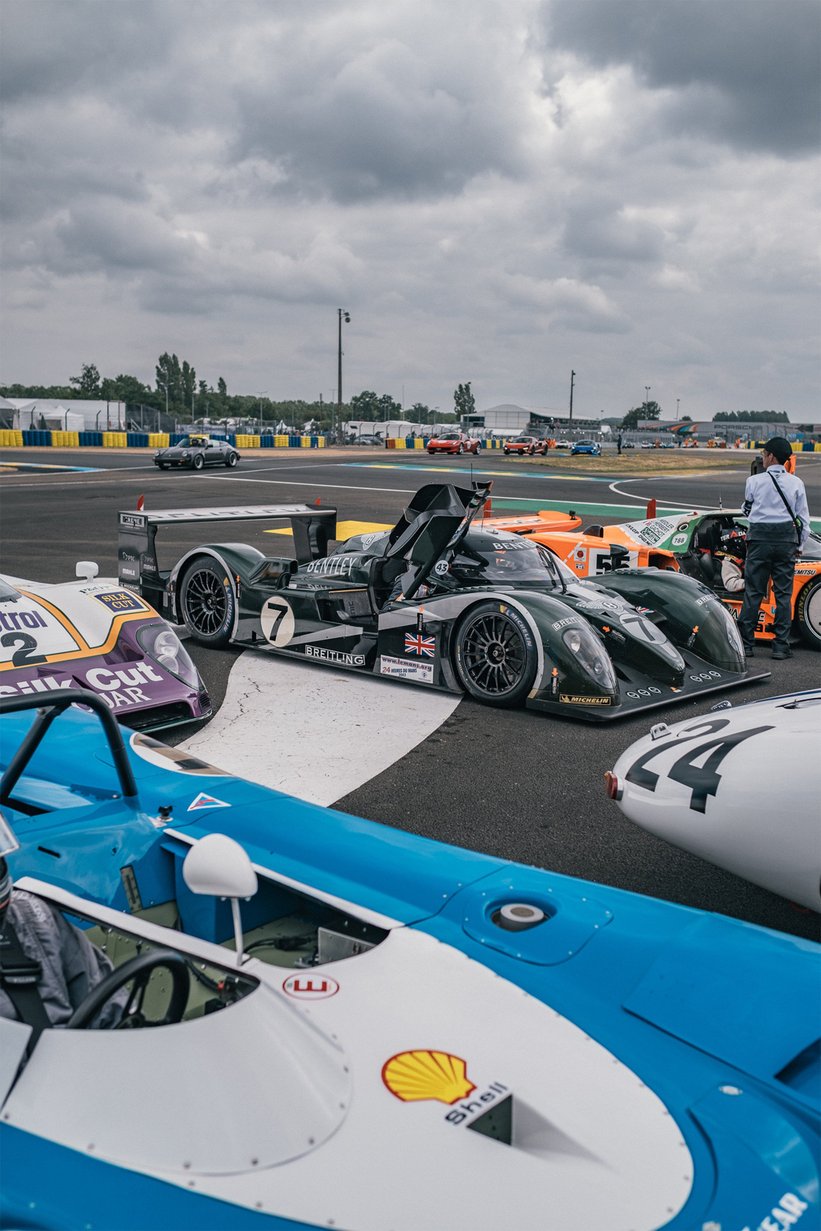

First and foremost, we have to mention the Le Mans Winners Parade, which included the first Bentley to ever win Le Mans. In June 1924, the 3-Litre of John Duff and Frank Clement crossed the finish line of the gruelling 24 hour race. This marked the first ever victory for a British manufacturer on Circuit de la Sarthe. Now, 99-years later, the same car is standing on the famous “Le Mans” sign that’s painted on the track surface just between the entrance to the pit lane and the main straight. And it’s not standing alone. Somewhere behind it, you’ll spot the last ever Bentley to win Le Mans back in 2003—the Speed 8—and next to it, three Lorraine-Dietrich cars, which scored the first ever one-two-three win in 1926.

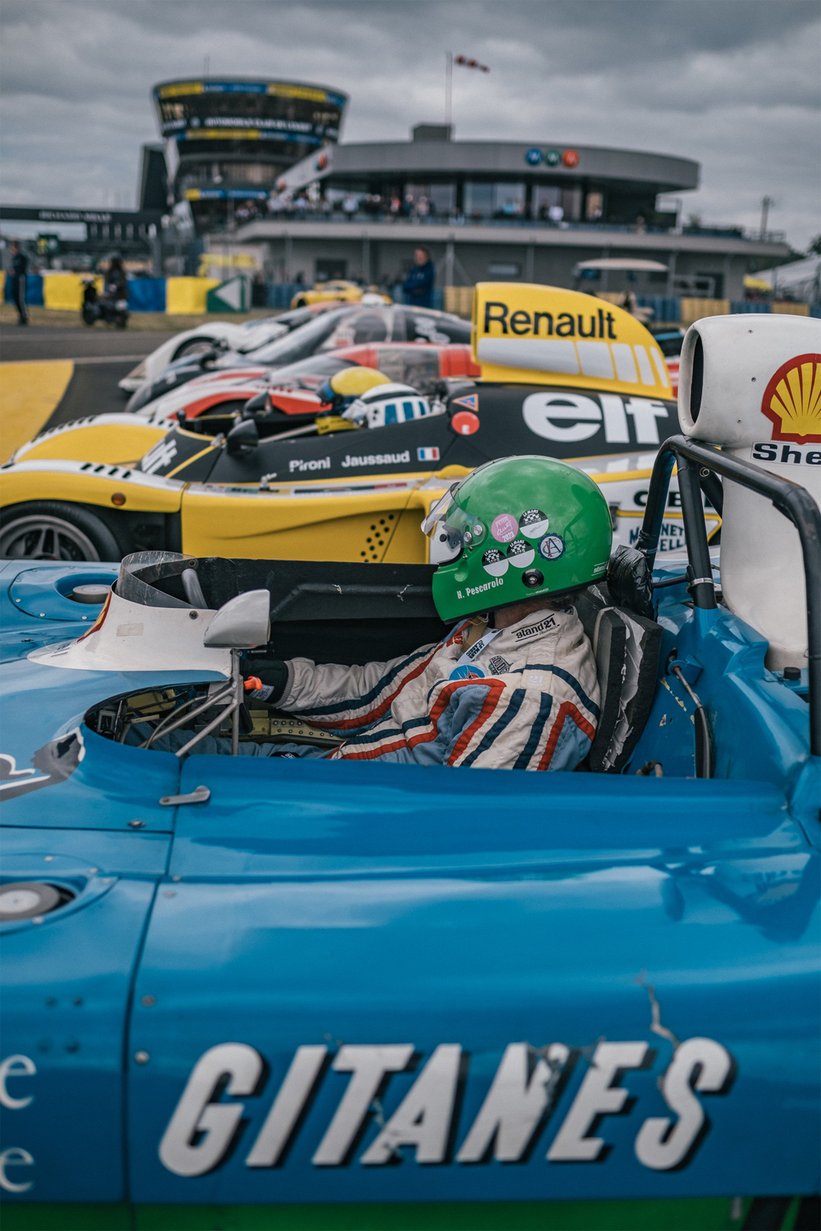
Lorraine-Dietrich was not the first French constructor to win at the 24 Hours of Le Mans, nor the last. Chenard & Walcker hold the honour of being the first ever winners 100 years ago, while the last French victory was seized by Peugeot in 2009 with the 908 HDi FAP. Both cars are, of course, present on this grid, joined by the Peugeot 905 Evo, which triumphed in both 1992 and 1993, and the Rondeau M379 winner from 1980. French manufacturers won a total of 28 races on their home turf, so no wonder that the Gitanes-liveried Matra-Simca MS670 of Pescarolo and Larousse, which won in both the 1972 and 1973, is also here, alongside the Renault Alpine A442, driven today by Alain Serpaggi.
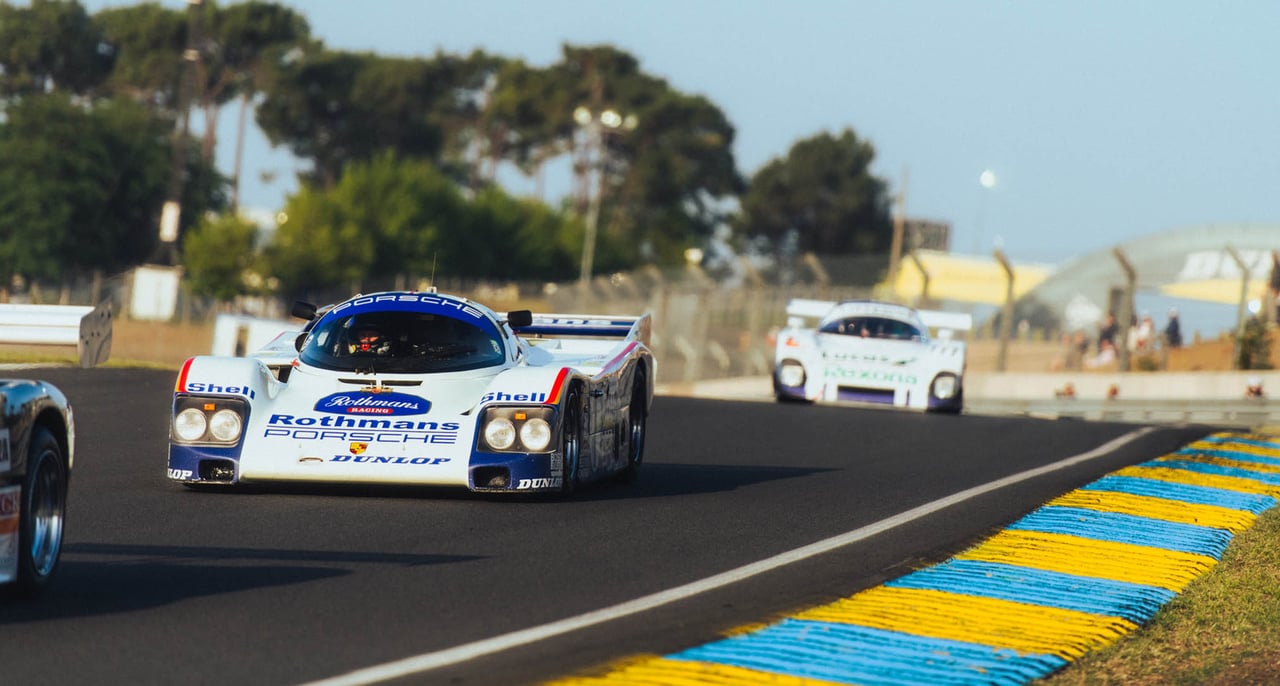
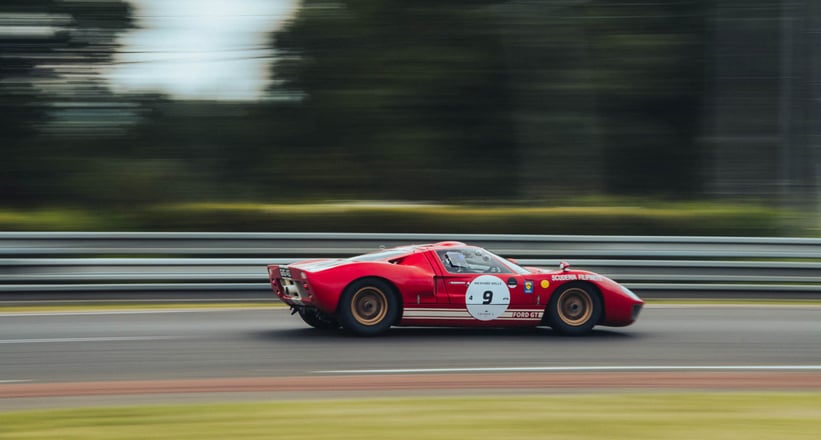

The Lorraine-Dietrich team were, however, the first to score two consecutive wins. An achievement which immediately became the goal of every manufacturer, from Ferrari and Ford to Porsche. It was no longer important to simply win at Le Mans, dominating every time became the new yard stick by which success was measured.
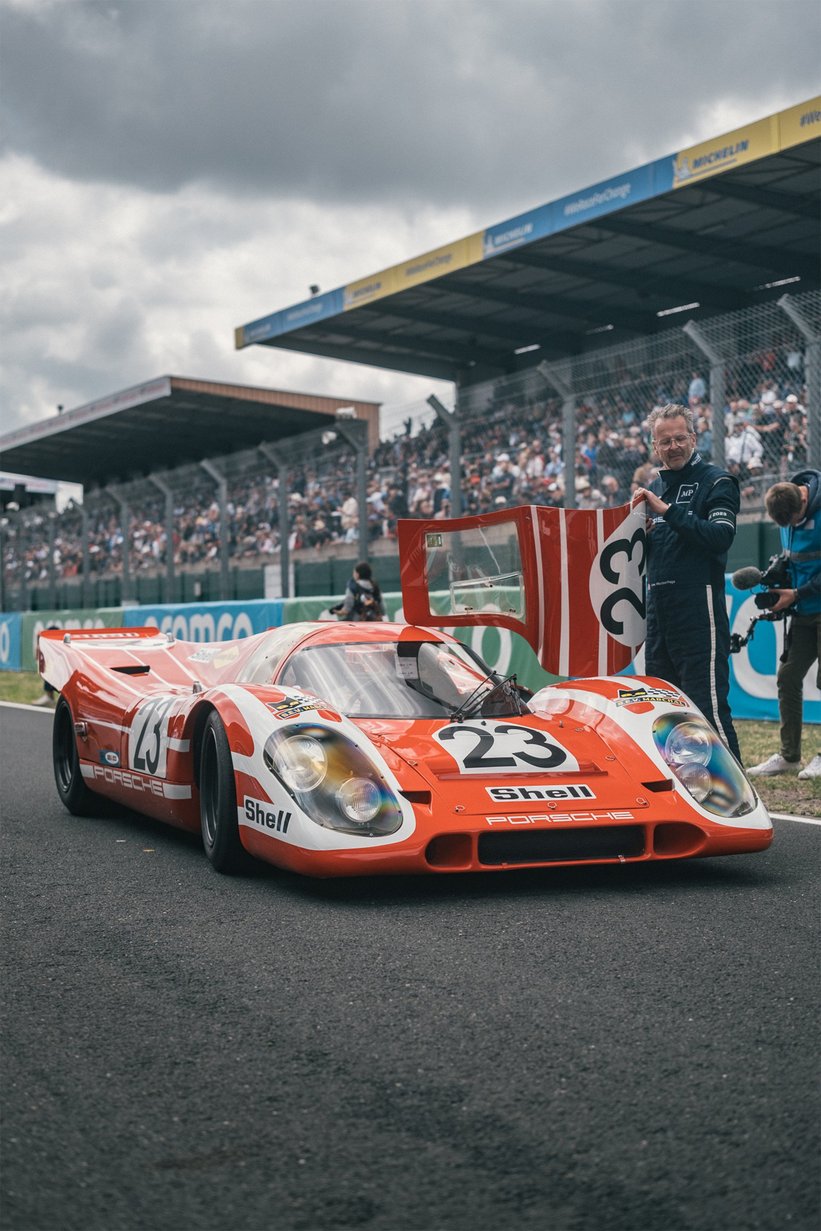

Keeping that in mind, we weren’t surprised in the least that Ford (who won in 1966, 1967, 1968, 1969 and 1975) and Porsche were represented in great numbers. The red 1970 Le Mans-winning 917K (wearing the Shell and Marechal livery) stood proudly on the tarmac. Driven in period by Hans Hermann and Richard Attwood, it completed the race with a 5 lap margin over the next car. The stunning, long tail “hippie” 917-043 with its distinct psychedelic livery of green over purple was positioned just behind it.

As proven by the aforementioned Porsche, some cars become crowd favourites purely due to their livery. The Gulf Ford GT40s, the Silk Cut XJR-9 Jaguars, and the BMW V12 LMR—immortalised not only by its 1999 Le Mans win, but also the Jenny Holzer “Protect me from what I want” BMW Art Car—certainly fall into that category. Of course, others are iconic because of their shape, and there’s no better example than Duncan Hamilton and Tony Rolt’s C-Type, or the elegant D-Types raced by the likes of Mike Hawthorn for Ecurie Ecosse.


The 250 TR (TR28) winner from 1958, raced by Phil Hill and Olivier Gendebien and brought to Le Mans by the father and son duo of Sir Michael and Philip Kadoorie, is definitely in the latter group of automotive sculptures and is objectively absolutely stunning. Speaking of stunning, we must mention the 600 kg Maserati Birdcage Tipo 61 (1 of 17 produced) driven onto the track by CEO of the 24 Hours of Le Mans, Stephane Darracq.

Other machines are just wonderfully quirky. The four rotor 2600cc, naturally aspirated Mazda 787B—the winner of 1991—perfectly fits this description and makes the most wonderful sound. The Cadillac Series 61 “Le Monstre” is another, with its cartoon spaceship looks and preposterously large proportions.

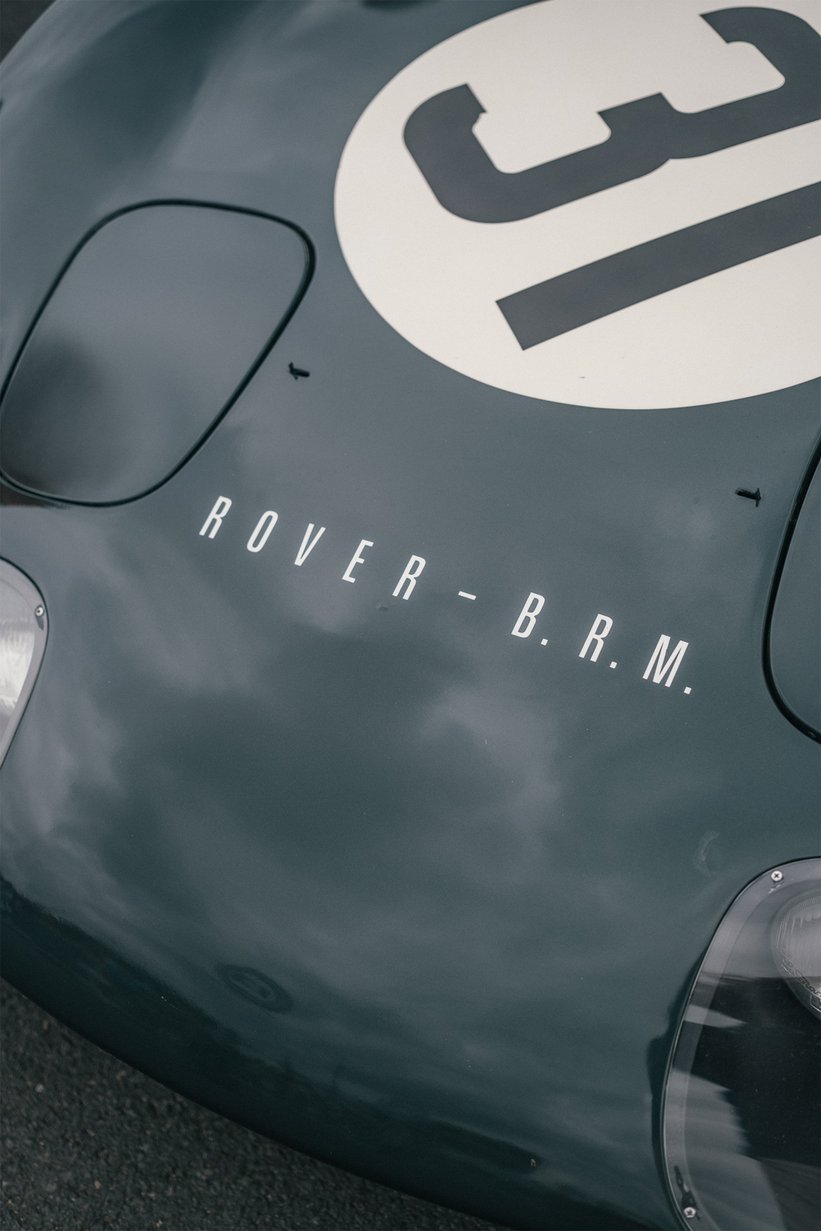
But as oddities go, there is no beating the Rover-B.R.M. Gas Turbine experimental racing car. It wasn’t a Le Mans winner as such, but as a prototype (unclassified in any class, grid no. 00) it made history when it came in 8th overall, driven by Graham Hill and Ritchie Ginther in 1963, and while using only one set of tires for the entire race. It sounds like a jet and has a two-tone corduroy interior, something which no other racing car in history can match!

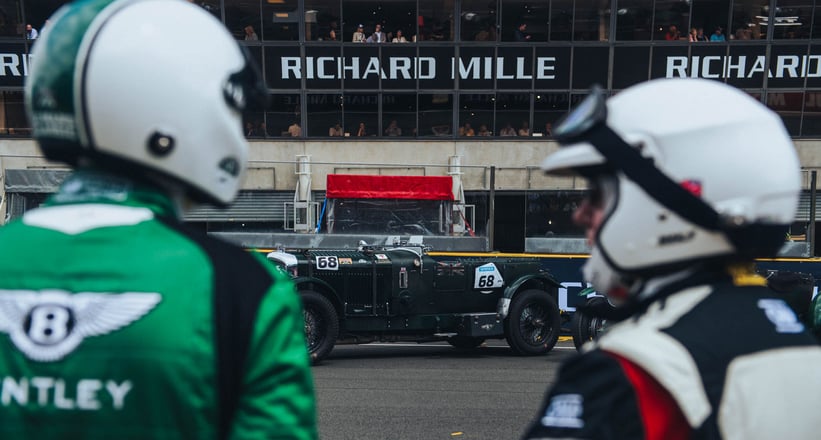

On another note, how many pre-war Bentleys have you seen gathered in one place at one time? Last weekend, we saw 78. A staggering number, and an achievement that probably cannot be repeated. The sheer number meant the Bentley owners had to have their own separate paddock, and the fact that we witnessed all of them perform a traditional Le Mans start was so unbelievable that we were pinching ourselves to make sure we weren’t dreaming. If it’s any consolation, 78 Bentleys at full chat, heading towards the Dunlop Bridge, sound just like 78 lorries, so Ettore Bugatti wasn’t that far off in his description of W.O’s creation. However, standing on the Le Mans straight, spectating a marching band consisting of bagpipe players and drummers, just before all these cars started their commemorative laps is a moment we will surely remember forever.


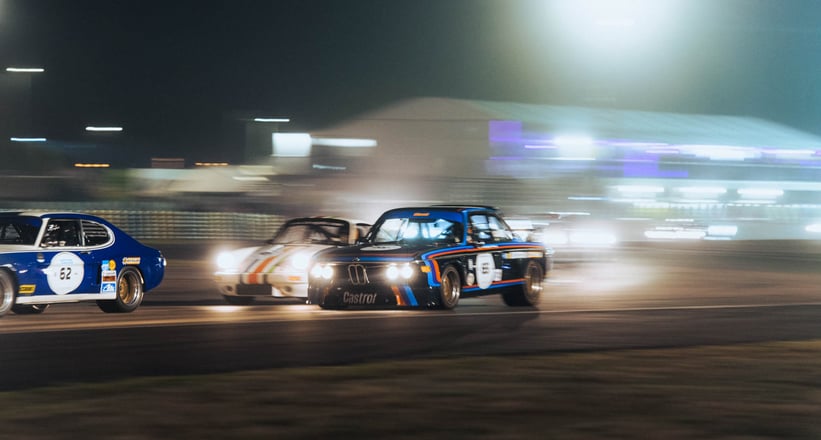
Bugatti is also a household name at Le Mans, and we were happy to see many significant cars present on track, as well as some extremely rare memorabilia, like the 1937 Trophy won by Jean Pierre Wimille and Rober Benoist in the famous Bugatti Tank. The trophy was brought to the track in a special convoy of classic cars by our friend and colleague Rémi Dargegen, who got it on loan from the Pearl Collection, one of the most significant private collections of Bugattis in the world.
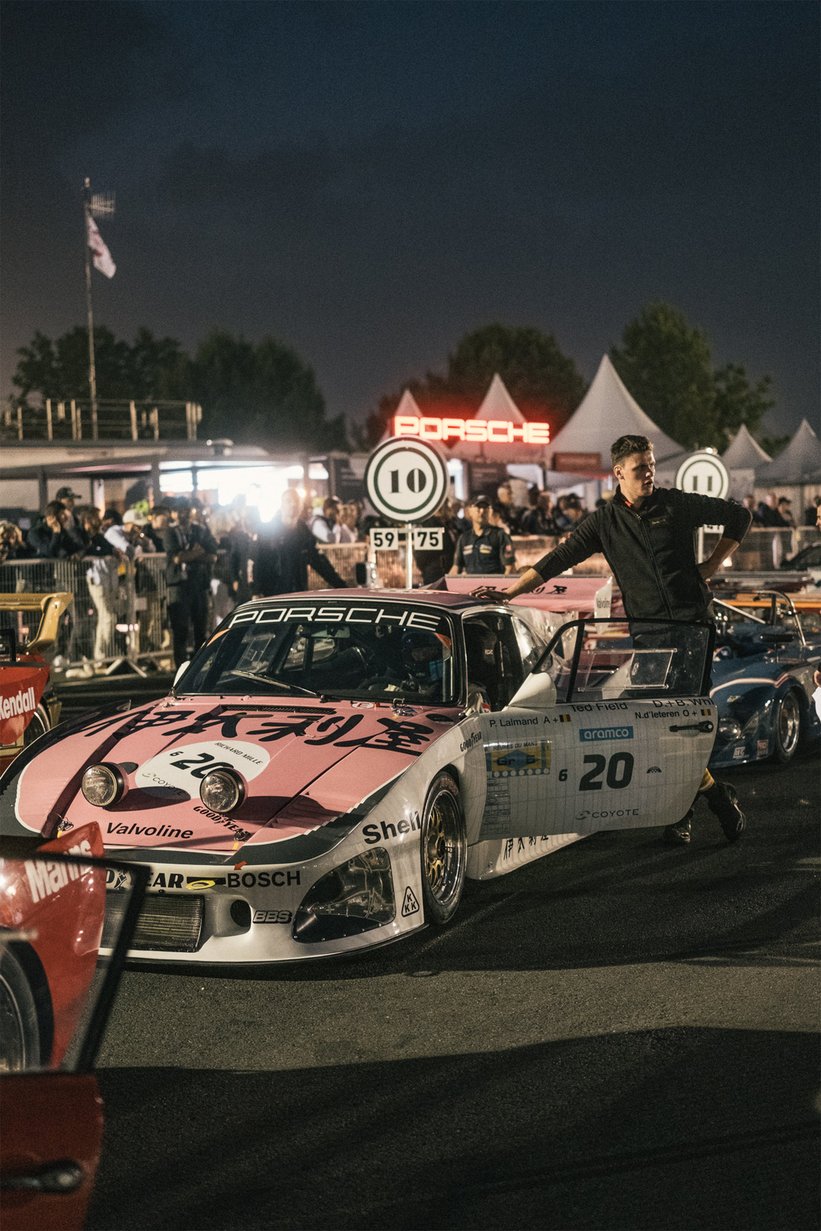

Those with a knack for the latest Instagram trends could spot the cars raced in period by Tetsu Ikuzawa under the Team Ikuzawa banner, now successfully revived by his daughter Mai. Both the 1967 Porsche 906 and the 1980 Porsche 935 were present at Le Mans. Seeing them in the metal, having lusted after them since the launch of the Type 7 book on Mr. Ikuzawa’s exceptional life, was certainly a special moment.

Perfectly complementing the Izukawa 935 was privateer Philip Kadoorie’s Porsche 962-201, aka “Pinky”, which had travelled to Le Mans all the way from Hong Kong.
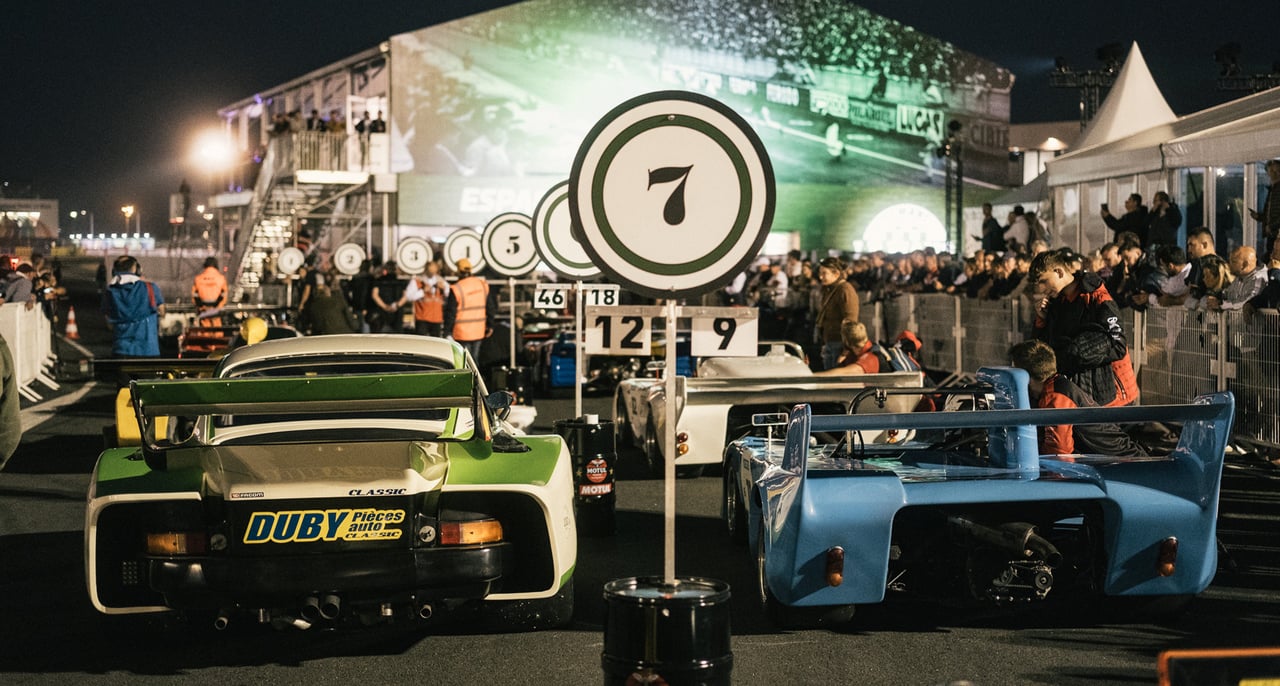
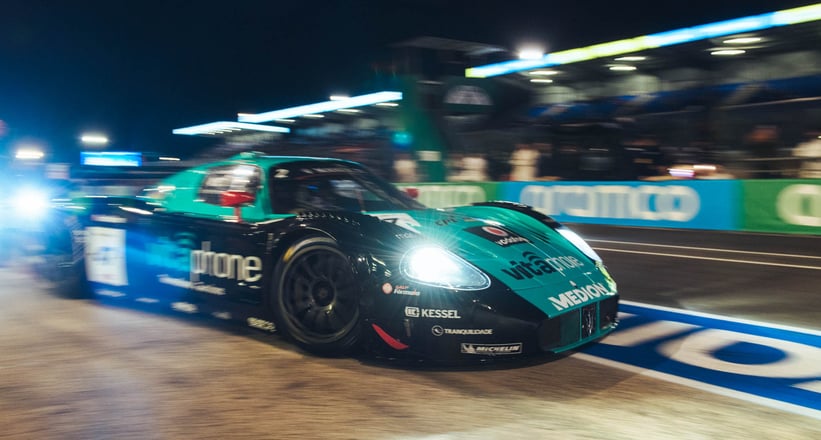

At night, we witnessed partying in the boxes overlooking the pitlanes and glowing discs lighting up the darkness in the forest in Mulsanne. At dawn, we hunted for flames shooting out of the exhausts of various Group B and C cars. At Arnage, we saw the weird, turbine-powered Howmet TX battle a field consisting of Ford GT40s and various V8 Chevrons, while at midday on Saturday, the start of Little Big Mans made us hopeful that the story isn’t entirely over for the internal combustion engine.
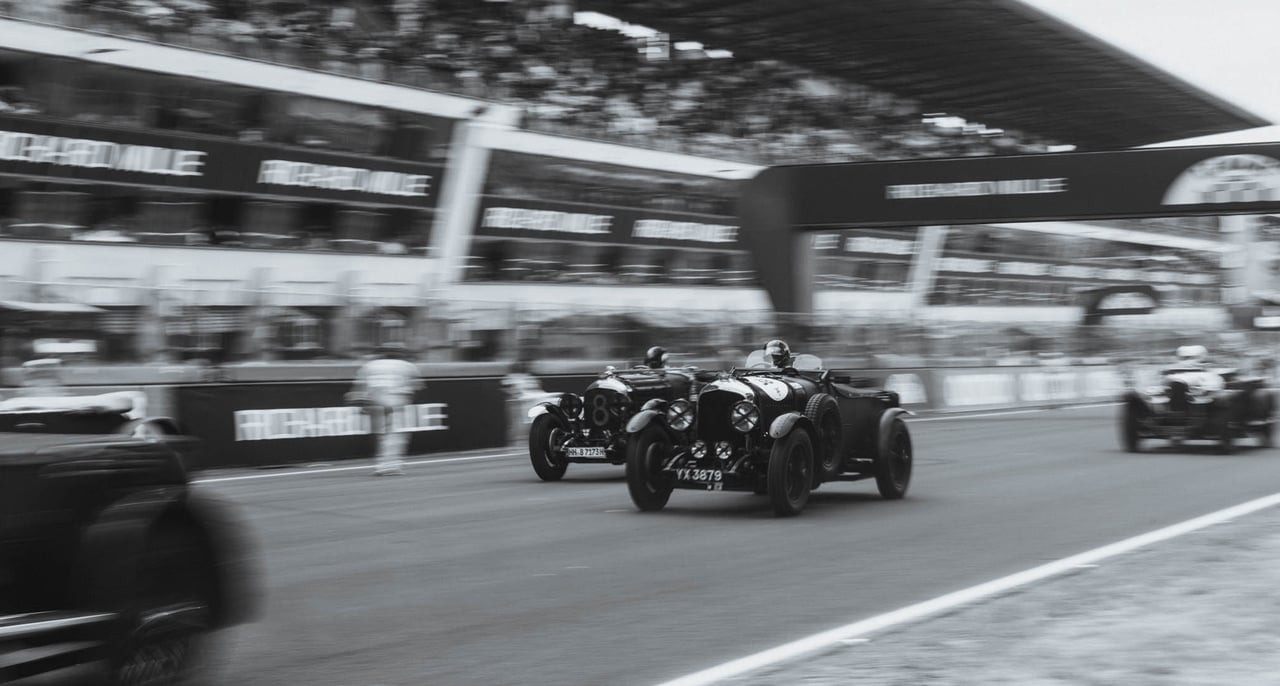
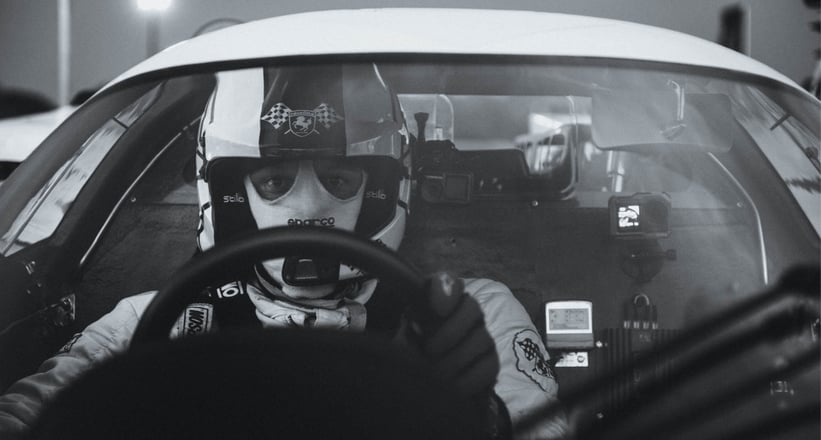
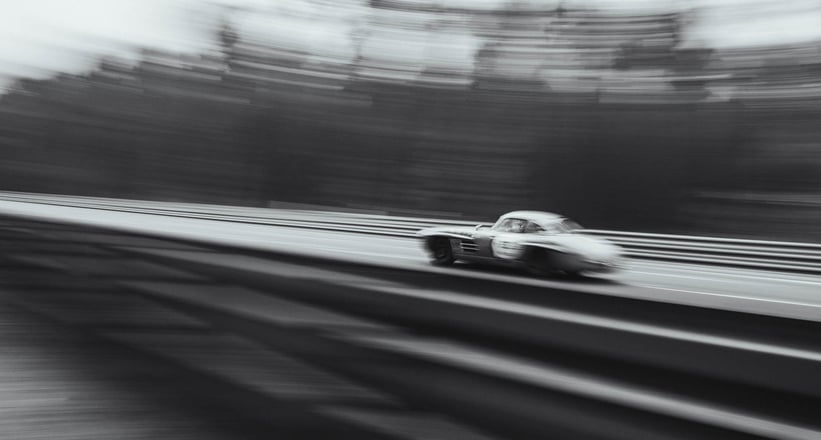
All in all, judging by the sheer numbers of participants of this year’s Le Mans Classic, and the passion for loud and beautiful racing cars we witnessed, the combustion engine won’t die anytime soon. For a company that calls itself “Classic Driver”, that is the preferred outcome.
Photos by Błażej Żuławski and Sian Loyson






































































